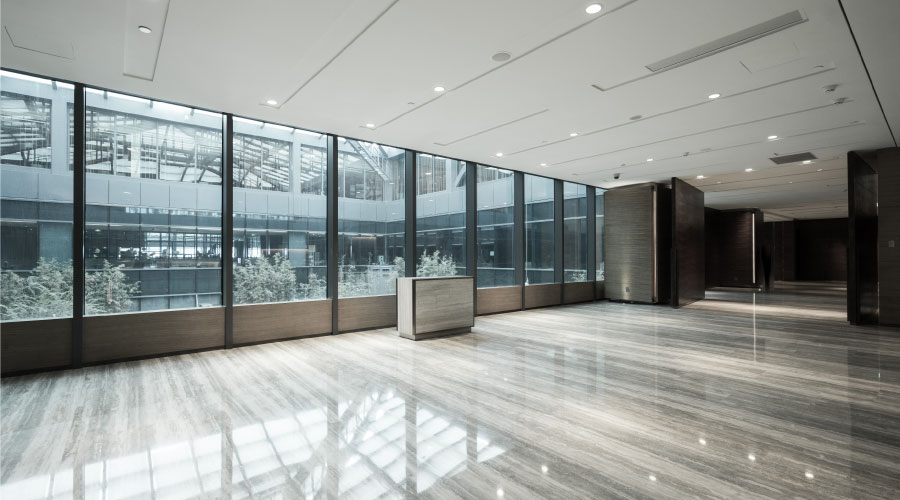Floorcoverings Can Be Green/Sustainable
What are some of the ways that floor coverings are green/sustainable?
We (the industry) moved ahead with green and sustainability issues because of market rate issues. Back in the 90s, there was an issue with sick buildings and high levels of VOCs coming from the carpet and from the glues. So there were market forces that caused the floor covering industries to work on lessening or eliminating the chemical compounds that caused the volatile organic compounds and noxious fumes. We began working on taking VOCs out of our products, and also recycling and reclaiming our work so we kept our work out of the landfills.
When LEED came about in the 2000s, they set up two categories where floor covering can shine as being very green and help in sustainability efforts. The first is in the materials and resources category, because a lot of our goods are recycled, rapidly renewable, and it's exceptional when you have to go to a landfill for any of our products. All of our products can be reclaimed, taken back off the jobsite and remade into another product. Sometimes into another floor covering product, but most of the time, after it gets reclaimed, it gets broken down and can be used for playground equipment, tires, or stuff like that. Floor coverings generally don't go into a landfill.
The other category where floor coverings can contribute to LEED is in indoor environmental quality. There are two sections for low emitting materials. One for adhesives and sealants, and the next one for flooring systems. Because of sick building syndrome, we made changes so that our adhesives are water-soluble. We've taken a lot of the chemicals out of the carpets, out of the adhesives, so the VOCs have really dropped down.
Responses by John McGrath, John McGrath, Director of INSTALL, the International Standards and Training Alliance
Related Topics:














